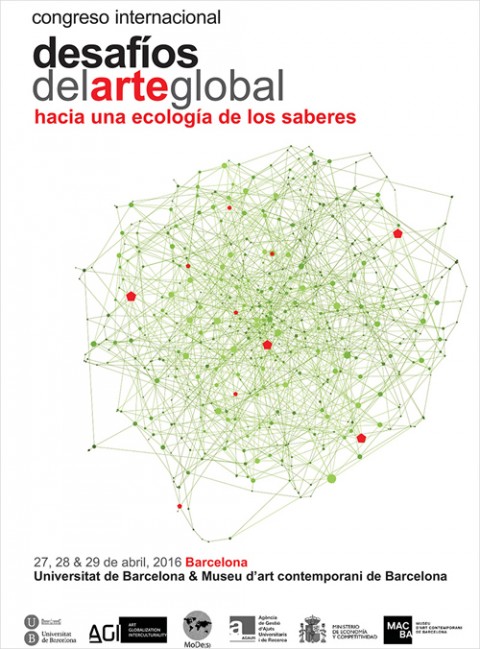
ART, VISUALITY, INTERCULTURALITY
Defining the contemporary at the beginning of the second decade of the 21st century implies a clear desire to overcome all forms of exclusion in order to claim a presence in an art world that expands across the globe, challenging old geographical frontiers and vindicating narratives of place and displacement, that is, new cultural practices that transfigure the relations between the global and the local and articulate the discourse of difference. Time dimensions and relational experiences bring new questions for artistic production and dissemination. And, as Nikos Papastergiadis states, the "coda" for the contemporary artist is defined by the desire to be "in" the contemporary rather than to produce a high response "to" the everyday. To be in the place of the "here" and the "now", to work with others in a simultaneous and concrete practice, to contemplate the realization of the work in the experience of connection means to elevate the value of the "performative" aspect of the practice and to displace the reflective role of cultural production.
And in this new redistribution of the places where the new narratives of mobility and difference count, Arjun Appadurai's theories of "ethnic landscapes" are very relevant, the landscape not so much of stable communities but of the people who constitute the changing world in which we live: tourists, immigrants, refugees, exiles, guest workers, as well as other groups or individuals in constant movement. Indeed, Appadurai uses the term ethnoscapes (instead of landscapes) to the extent that "primordial" - language, skin colour, neighbourhood or kinship relationships - becomes "globalised". This is equivalent to talking about an extension of feelings of intimacy and belonging into vast and irregular spaces that turn the question of identity, which "once knew how to be contained in the lamp of the locality", into a global force, "sliding through the cracks of states and borders". As Appadurai argues, as groups migrate, regroup in new places, reconstruct their histories and reconfigure their ethnic projects, ethnography acquires a slippery, non-localized quality, to the point that the new landscapes of group identities - the "ethnic landscapes" or ethnoscapes - cease to be familiar anthropological objects when they lose their anchorage to a territory and circumscription to certain spatial limits, and the cultural dynamic of what has been called "deterritorialization" makes sense; a term coined initially by Deleuze and Guattari that applies to ethnic groups that transcend specific territorial boundaries and identities.
According to these philosophers, the traditional classification between subject and object offers a non-precise approach to thought and should be replaced by the earth/territory classification, with the subsidiary concepts of "flight lines" (which provoke movement and open the gaps in the territory making pure TD possible) and the "agenciamientos" (minimum unity of reality and elements in movement).